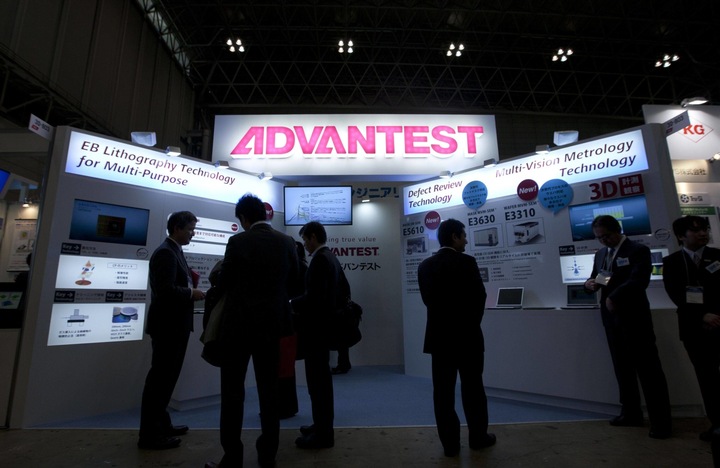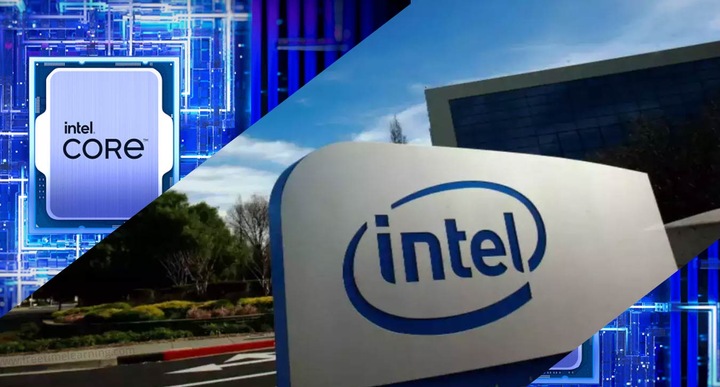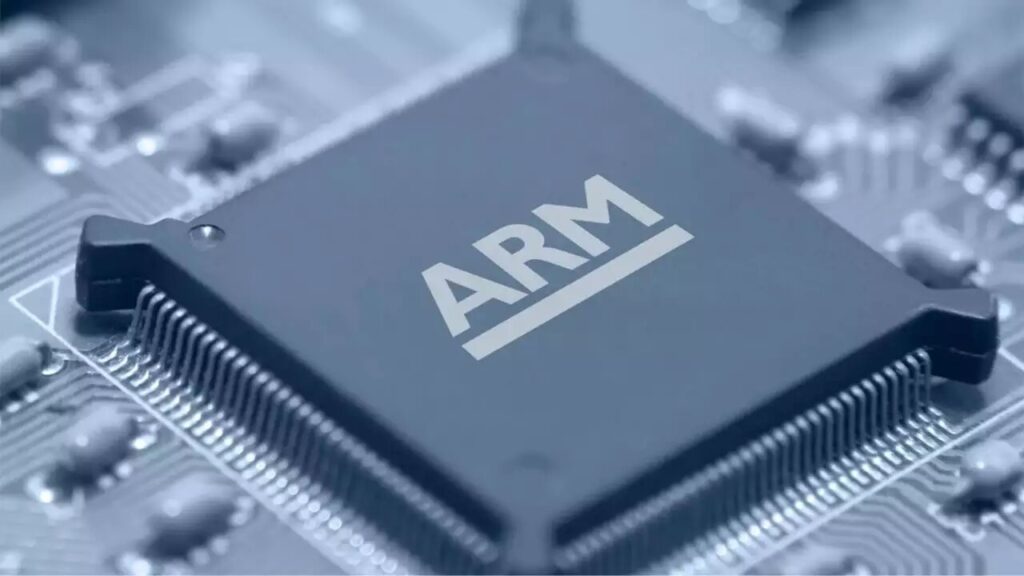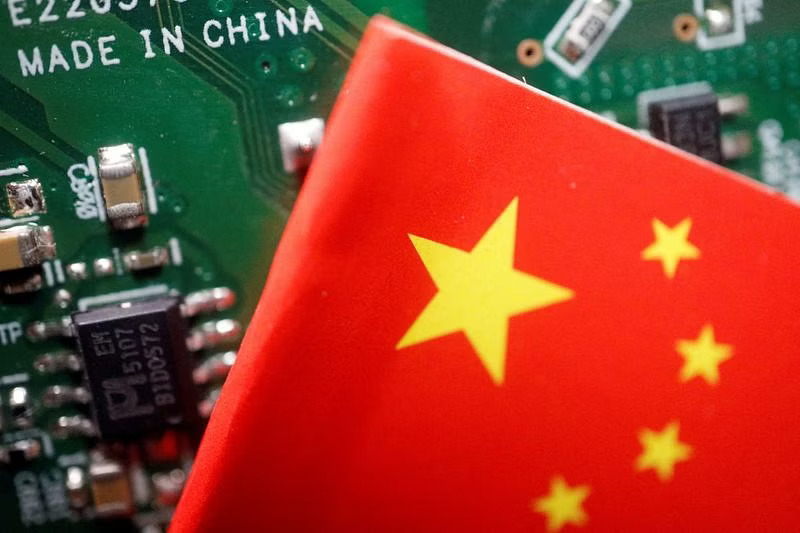US Grants Up to $400 Million to Taiwan’s GlobalWafers for Semiconductor Boost
In a significant move to bolster the domestic semiconductor supply chain, the US Commerce Department announced on Wednesday plans to grant Taiwan’s GlobalWafers up to $400 million. This funding aims to significantly increase the production of silicon wafers within the United States, a crucial component in the manufacturing of advanced semiconductors.
Major Investments in Texas and Missouri
Image Source: forbes.com
The awarded funds are earmarked for projects in Texas and Missouri, where GlobalWafers will establish the first US production of 300-mm wafers for advanced semiconductors. These projects will also expand the production of silicon-on-insulator wafers. The Commerce Department highlighted that this subsidy would support a substantial $4 billion investment by GlobalWafers in both states. This initiative is expected to create 1,700 construction jobs and 880 manufacturing jobs, signaling a considerable economic boost for the regions involved.
Commerce Secretary Gina Raimondo emphasized the strategic importance of this development, stating, “GlobalWafers will play a crucial role in bolstering America’s semiconductor supply chain by providing a domestic source of silicon wafers that are the backbone of advanced chips.” The sentiment was echoed by GlobalWafers Chairwoman and CEO Doris Hsu, who expressed gratitude for the US government’s support, noting, “GlobalWafers is pleased to be a key node in the U.S. semiconductor supply chain.”
Strengthening the US Semiconductor Supply Chain
Currently, GlobalWafers, alongside four other major companies, controls over 80% of the global 300mm silicon wafer manufacturing market. Notably, about 90% of silicon wafers are produced in East Asia, underscoring the strategic importance of developing domestic capabilities.
Under the planned subsidy, GlobalWafers intends to build and expand facilities in Sherman, Texas, for the production of wafers used in leading-edge, mature-node, and memory chips. Additionally, a new facility in St. Peters, Missouri, will focus on producing wafers for defense and aerospace applications. The company also plans to convert part of its existing silicon epitaxy wafer manufacturing facility in Texas to produce silicon carbide epitaxy wafers, which are vital for electric vehicles and clean energy infrastructure.
This expansion aligns with GlobalWafers’ 2022 announcement to construct a $5 billion plant in Texas dedicated to manufacturing 300-mm silicon wafers. This decision came in response to geopolitical concerns and the need to address US semiconductor supply chain resiliency issues, shifting focus from an initially planned investment in Germany.
The US government’s support for domestic semiconductor production was further solidified with the 2022 approval of the Chips and Science Act, which allocated $52.7 billion in research and manufacturing subsidies. The latest award to GlobalWafers, part of the $30.1 billion announced through the chips subsidy program, is still subject to finalization following the Commerce Department’s due diligence.
This strategic investment in domestic semiconductor manufacturing capabilities marks a significant step towards enhancing the resilience and security of the US technology supply chain, ensuring that the nation remains competitive in the global semiconductor market.

I am a law graduate from NLU Lucknow. I have a flair for creative writing and hence in my free time work as a freelance content writer.





